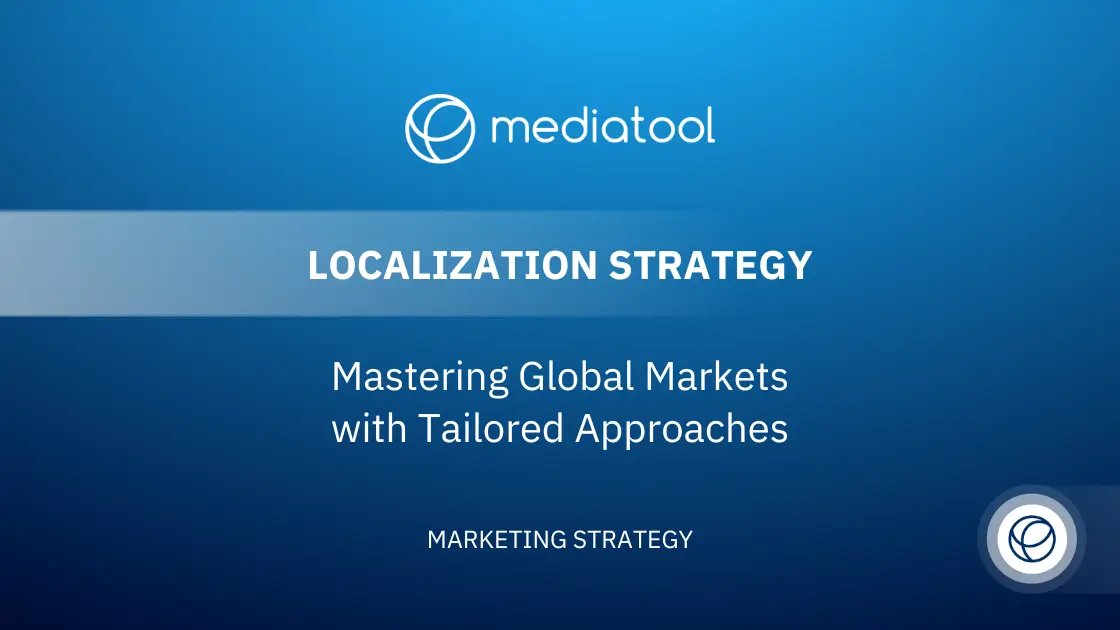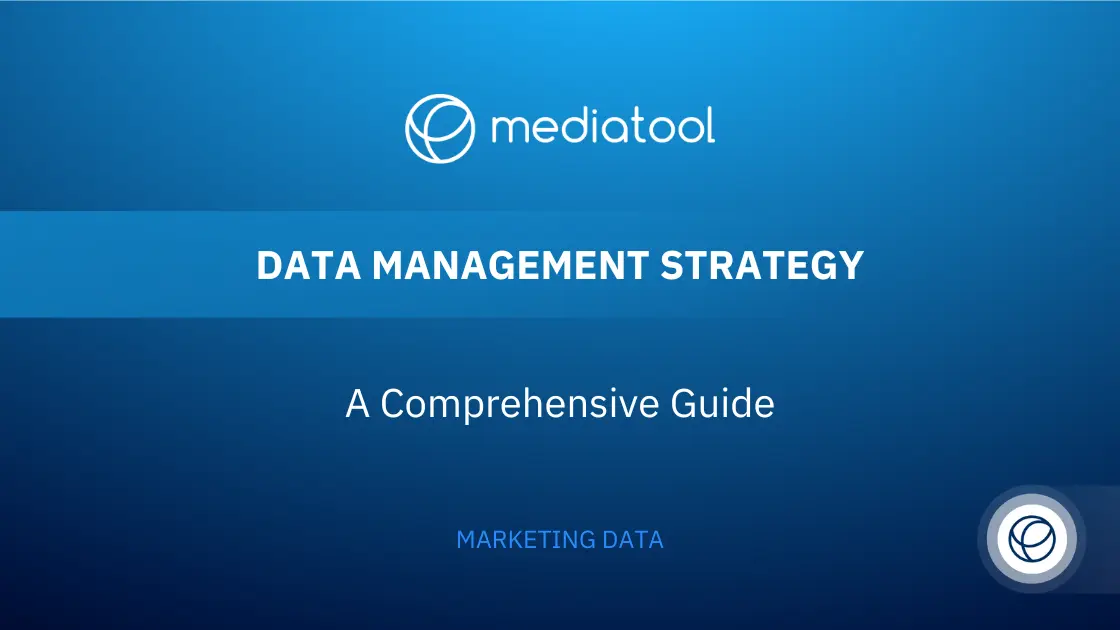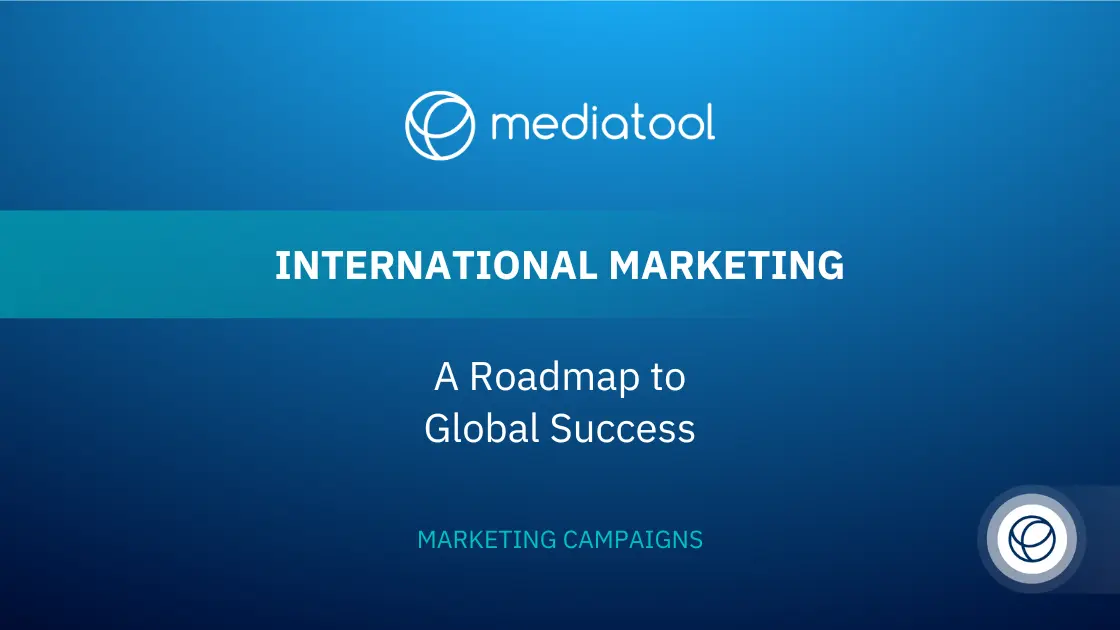In the world of marketing, it’s often said that two heads are better than one. That’s where partner marketing comes in – an interesting and powerful strategy that combines the strengths of two or more businesses to achieve better results than they could on their own.
In this article, we’ll delve deeper into the world of partner marketing, exploring its purpose and benefits, how to find the perfect marketing partner, tips for building a successful partnership, and different types of partner marketing strategies.
We’ll also share some inspiring examples of successful partner marketing collaborations.
So, are you ready to unlock the full potential of partner marketing? Let’s get started!
What is Partner Marketing?
Partner marketing, also known as partnership marketing, involves a strategic collaboration between two or more businesses to boost their marketing efforts. This marketing strategy hinges on a mutually beneficial arrangement, where businesses leverage each other’s strengths, target audiences, and resources to enhance brand awareness and increase sales.
Originating in the early days of advertising through co-op and joint ventures, this concept has expanded into a broad spectrum of marketing partnerships. These include traditional co-branding and influencer marketing to modern affiliate marketing and content partnerships.
By engaging in such a partnership, businesses can effectively reach potential customers and new markets, utilizing partner services and brand visibility to drive business development.
In this dynamic, marketing partners share the costs and benefits of marketing campaigns, often leading to improved sales management and business relationships. This cost-effective approach can range from referral partnerships to licensing and distribution partnerships, each tailored to meet specific business objectives and industry needs.
Effective partner marketing not only helps in acquiring new customers but also in building long-term loyalty programs and strategic partnerships that contribute to sustained business growth.
Purpose of Marketing Partnerships + Benefits
The primary aim of marketing partnerships is to enhance the effectiveness and efficiency of marketing strategies. Through strategic collaboration, businesses unite, leveraging each partner’s unique strengths to forge innovative marketing campaigns, reach untapped audiences, and distribute marketing costs more evenly. Key advantages of engaging in such partnerships include:
Widening Market Reach
By aligning with another company, businesses can access new customer bases and tap into the partner’s established audience, potentially attracting customers who may not have been reachable otherwise.
This strategy enables businesses to leverage the partner’s marketing channels and insights, which can be particularly effective in reaching diverse demographic groups or niches. By combining resources and expertise, partners can create tailored marketing campaigns that resonate more effectively with these new audiences, enhancing the likelihood of converting them into loyal customers.
Enhancing Brand Awareness
Successful partnership marketing often leads to increased brand visibility, particularly when partnering with a brand that has substantial recognition or influence in a desired target market.
The joint promotional efforts in partnership marketing can create a synergy that amplifies the impact of each brand’s message. This collaborative approach often leads to more innovative, attention-grabbing marketing initiatives that can significantly enhance each brand’s presence in both existing and new markets.
Exploring New Markets
Partner marketing can serve as a conduit to new industries or regions, especially beneficial if the partner has a solid presence in a market of interest.
Partnerships can provide valuable market intelligence and cultural insights, essential for successful market penetration. By leveraging the local expertise and network of a partner, businesses can navigate new markets more effectively, reducing the risks and costs associated with entering unknown territories.
According to the “2023 Channel Partner Marketing Benchmark Survey,” approximately 60% of participants expect a rise in revenue generated through partner channels, projecting an increase of over 10% this year.
Cost Sharing
Marketing partnerships allow for pooling resources, making it more feasible to undertake larger-scale marketing campaigns or experiment with new marketing strategies in a cost-effective manner.
This approach also enables smaller companies or those with limited marketing budgets to tap into advanced marketing technologies and platforms that may have been otherwise inaccessible. Shared financial responsibility means that both partners can benefit from high-impact marketing efforts without bearing the full cost, leading to more ambitious and diverse marketing initiatives.
Innovative Campaign Creation
The merger of diverse creative perspectives from different businesses often results in groundbreaking and engaging marketing campaigns, setting the partnership apart from competitors.
This collaboration can lead to the discovery of unique marketing channels and methods, as each partner may bring different approaches and tools to the table. The fusion of these diverse marketing practices not only enhances the creativity of the campaigns but also allows for a more comprehensive and multifaceted approach to reaching and engaging target audiences.
Such partnerships, encompassing everything from influencer marketing to joint ventures, referral partnerships, and content partnerships, foster mutually beneficial business relationships and open doors to innovative business development opportunities.
This approach not only boosts sales and brand recognition but also establishes long-term strategic partnerships and loyalty programs, contributing to the overall success of the partnership marketing initiative.
How Do I Find the Perfect Marketing Partner?
Securing the ideal marketing partner is a key step towards successful partnership marketing. Here are strategies to help you find the right match:
Seek Businesses with Complementary Offerings:
Identify companies whose products or services align with your target audience but don’t compete with yours. This approach ensures that your joint marketing strategies can captivate shared potential customers without encroaching on each other’s sales.
Align on Values and Objectives:
Choose a partner brand that shares your vision and business goals. This harmony facilitates smoother collaboration and the creation of marketing campaigns that resonate well with your collective audiences.
Assess Reputation and History:
Investigate the prospective partner’s standing and past successes to confirm their reliability and effectiveness as a collaborator in marketing partnerships.
Clarify Expectations and Roles:
Define clear guidelines outlining each party’s responsibilities and contributions, aiming to achieve mutual business development and brand awareness goals.
Present a Detailed Proposal:
Approach potential partners with a well-prepared proposal that outlines the mutual benefits of such a partnership. Be receptive to their input, fostering a spirit of cooperative and strategic collaboration.
Incorporating these tactics not only aids in locating a suitable marketing partner but also paves the way for strategic partnerships that enhance brand recognition, boost sales, and open avenues to new markets. This process is fundamental to building successful business relationships and executing effective marketing strategies.
6 Keys to Successful Partner Marketing Campaigns
Once you’ve found your perfect marketing partner, laying the groundwork for a successful collaboration is essential. Here are six essential tips to help you build a thriving partner marketing channel:
Communicate Openly and Frequently:
Constant and transparent communication forms the backbone of any successful partnership. Regular meetings or calls are essential to keep both parties aligned, fostering a unified approach to your marketing goals.
This practice not only helps in addressing issues promptly but also aids in syncing marketing content and strategies effectively.
Set Clear, Measurable Goals:
Define specific, quantifiable objectives for your partnership. Whether it’s boosting sales, expanding market reach, or enhancing brand visibility, having clear targets allows for monitoring progress and adjusting strategies as needed.
These goals should align with both partners’ business aspirations and be revisited regularly to ensure ongoing relevance.
Foster Trust and Respect:
Building a partnership on trust and mutual respect is paramount. Transparency in expressing expectations and concerns, and valuing each other’s input, lays the groundwork for a strong, collaborative relationship.
This respect extends to recognizing and accommodating the unique strengths and limitations of each partner.
Stay Adaptable and Open to Change:
The dynamic nature of marketing requires agility and openness to new ideas. Adapting to market trends, customer preferences, or even unexpected challenges is crucial for keeping your campaigns relevant and impactful.
This adaptability should be a mutual effort, with both partners willing to explore innovative approaches and solutions.
Measure Your Results and Learn from Them:
Consistently evaluating the outcomes of your marketing campaigns provides invaluable insights. This practice not only measures success against your set goals but also uncovers opportunities for refinement and improvement.
Leveraging relevant data and analytics can guide strategic decisions and enhance the efficiency of your marketing budget.
Celebrate Your Successes Together:
Acknowledge and celebrate the achievements of your partnership. This not only boosts morale but also reinforces the value of your joint efforts.
Recognizing successes, big or small, fosters a positive and motivated partnership atmosphere, encouraging continued collaboration and innovation.
Incorporating these strategies, from maintaining open communication to celebrating shared victories, is essential for a fruitful and enduring partner marketing relationship.
Whether it’s through joint ventures, content partnerships, or co-branding efforts, these principles apply across various types of partnerships, driving mutual benefits and success.
Types of Partner Marketing
Businesses can adopt various partner marketing strategies, each tailored to their specific goals and resources. Some prevalent types include:
Affiliate Marketing:
In this approach, businesses incentivize affiliates (individuals or entities) for generating leads, traffic, or sales through performance-based rewards. Based on the “State of Affiliate and Partner Marketing” report by DigiDay, there is a growing emphasis on affiliate partnerships as a key revenue source in 2023. 80% of respondents foresee these partnerships gaining more importance in the coming 12 months.
Co-branding:
This strategic partnership involves two or more companies joining forces to develop a joint product or service, integrating both brands. The result is often a distinctive offering that attracts the combined customer base of the businesses involved.
Joint Ventures:
Here, companies establish a temporary alliance to form a new entity. The objectives can range from penetrating new markets and developing innovative products to pooling resources for a particular project.
Influencer Partnerships:
Businesses collaborate with influencers (individuals with significant social media followings or platform presence) to promote their products or services. This strategy leverages the influencer’s credibility and reach to engage a target audience effectively.
Licensing Agreements:
In these arrangements, a company allows another business to use its brand, logo, or intellectual property in return for royalties or other forms of compensation.
Each of these partner marketing types offers unique benefits, such as increased brand awareness, access to new customers, and enhanced business development.
They enable strategic collaboration between businesses, fostering strong business relationships and potentially boosting sales through targeted marketing campaigns to a shared audience.
These partnerships are instrumental in expanding a company’s reach, reinforcing brand recognition, and exploring new markets effectively.
3 Successful Partner Marketing Examples
Need some inspiration? Check out these successful partner marketing examples:
Apple and Nike
Apple and Nike collaborated to create the Nike+ app, a fitness tracking platform that integrates with Apple devices for a comprehensive workout experience. The app offers real-time data, personalized coaching, and social elements to help users set and achieve fitness goals.
The partnership also produced exclusive products like the Apple Watch Nike Edition, catering to athletes and fitness enthusiasts. This alliance combines Apple’s technology and Nike’s expertise in sports to benefit their customers. The collaboration stands out from competitors and fosters brand loyalty while driving business growth.

Red Bull and GoPro
Red Bull and GoPro joined forces in a long-lasting partnership, leveraging their mutual love for extreme sports and adventure to produce thrilling, pulse-racing content and events. The alliance is a perfect match, as both brands share a strong bond with thrill-seeking audiences.
Together, Red Bull and GoPro highlight their unique strengths: Red Bull’s expertise in sponsoring and organizing top-tier extreme sports events, and GoPro’s advanced action cameras that record breathtaking visuals.
This collaboration has resulted in the creation of extraordinary, action-filled content that captivates fans and enthusiasts. The enduring partnership consistently captivates audiences, boosts brand visibility, and reinforces their status as frontrunners in their respective fields.

Snapchat and Gucci
Snapchat and Gucci devised an enthralling marketing campaign aimed at young, tech-savvy consumers. The partnership introduced exclusive, branded AR filters and lenses on Snapchat, enabling users to experience Gucci products virtually.
This inventive strategy captivated their target audience and boosted Snapchat’s appeal among luxury fashion fans. By merging technology with upscale fashion, the partnership sparked interest and enthusiasm for their offerings. The joint effort demonstrates the potential of uniting social media platforms and luxury brands to enhance brand recognition.

These partnerships demonstrate the power of collaborating to create innovative, memorable experiences that resonate with their target audiences and deliver tangible results.
What’s Next?
Partner marketing can be an incredibly powerful tool for businesses looking to expand their reach, increase brand exposure, tap into new markets, share marketing costs, and create exciting, innovative campaigns.
The key to a successful partnership lies in finding the right partner that shares your values, goals, and target audience.
Once you’ve found your marketing soulmate, it’s essential to communicate openly, set clear goals, foster trust and respect, stay adaptable, measure results, and celebrate your successes together.
With a ton of partner marketing strategies available, there’s sure to be an approach that suits your needs and objectives.
Now that you’re equipped with the knowledge to explore the world of partner marketing, it’s time to take action. Reach out to potential partners, propose collaborations, and start building those game-changing partnerships that will propel your business to new heights.
Remember, the power of collaboration can unlock incredible opportunities and help you achieve marketing success beyond your wildest dreams!




